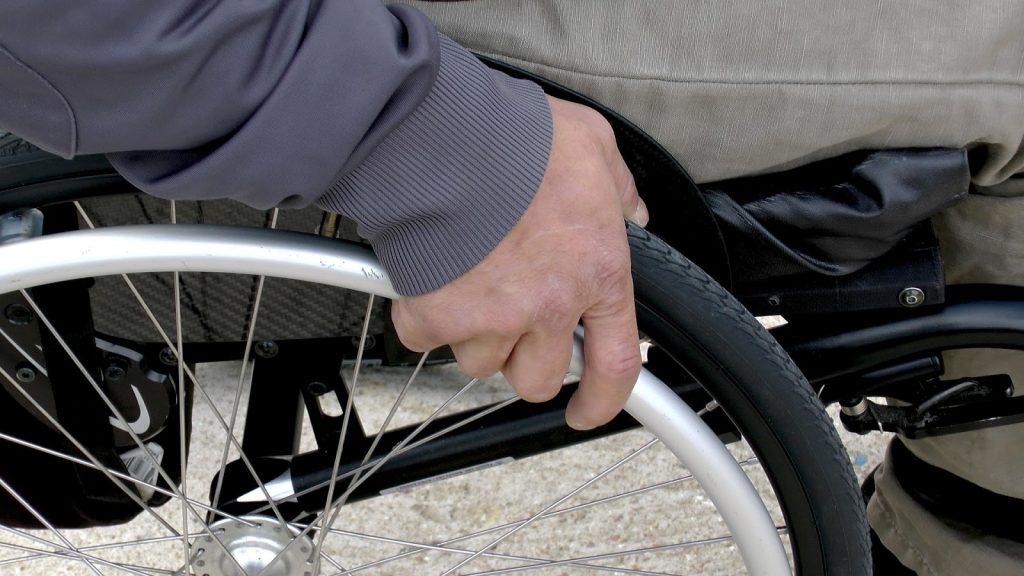Why you should opt for an electric wheelchair over a manual wheelchair

Collaborative Post
For those facing the choice between electric wheelchairs and manual wheelchairs, the decision can seem mind-boggling at times.
But when the facts are laid out, the advantages of using a power chair are obvious. While manual chairs do have some plus points, they are vastly outweighed by the pros of their electric cousins.
That said, it all depends on the individual and it’s best to have the main points clear in your mind before making the final choice.
To help you decide, here are the main things to consider.
Independent living
Most wheelchair users are older and therefore losing fitness and strength in their bodies. That makes a manual chair a much more daunting prospect for people hoping to maintain their independent living.
It’s worth noting that manual chairs do place significant strain on your back, shoulder and neck so you must be 100 per cent confident in your ability to propel yourself.
A trip to the shops or visiting friends is much more straightforward and manageable with a power chair, which is driven by a simple joystick control mechanism and far more adaptable to individual postures, shapes and sizes.
Electric wheelchairs also offer adjustments to ensure better comfort including recline and tilts as well as leg and arm rests.
Travel
Modern and refreshing attitudes towards those with disabilities have opened up journeys across the globe to wheelchair users. Access to buildings and transport has improved beyond measure over the last decade, including short and long-haul flights.
Manual wheelchairs are easily accepted by most airlines, but does that also apply to larger, battery-powered models – are electric wheelchairs allowed on planes?
And the answer is yes… so long as the power chair has a ‘gel cell’ or ‘dry’ battery, and if the airline has been informed before check-in, they are permitted.
Outdoor use
One of the main points of having a wheelchair is giving those who are unable to walk the chance to continue to enjoy the outdoors and travel in the open air.
But being outdoors in the UK brings into the equation the famously unreliable British weather. Rain in July, snow in April – nothing can be ruled out in this green and pleasant land.
Covers are widely available to keep out most of the elements but water will always find its way inside to some degree.
The changeable weather factor begs the big question, ‘Are electric wheelchairs waterproof?’ Weather-sealed models are on the market but have a higher price point. While the manual chair may seem like the best option when you’re caught in a sudden downpour…. probably in August… you’d need to ensure you had the manpower to seek shelter on your own and wouldn’t reply on someone else to push.
Storage
Because they do not feature motors, manual chairs by their very nature are lighter. This means the can be easily stowed in the boot of a car or a taxi and are often tucked behind a door when the user is at home.
This is not always possible with an electric wheelchair or power chair as the machinery that drives them is larger and heavier. However, modern electric wheelchairs are using advancements in technology to become the preferred choice for travel.
Collapsible models are becoming more common, such as the The MobilityPlus+ Electric Wheelchair which is lightweight and foldable while still having a range of 15 miles on a full charge.
Before you make your ultimate decision, ensure you determine your clinical needs as you may need to be comfortable for long periods of time. It is always advisable to trial a few before you buy to assess this. Be sure to choose a power chair that claims to be good for your posture and does not cause discomfort in the form of pressure sores or digestive issues.

